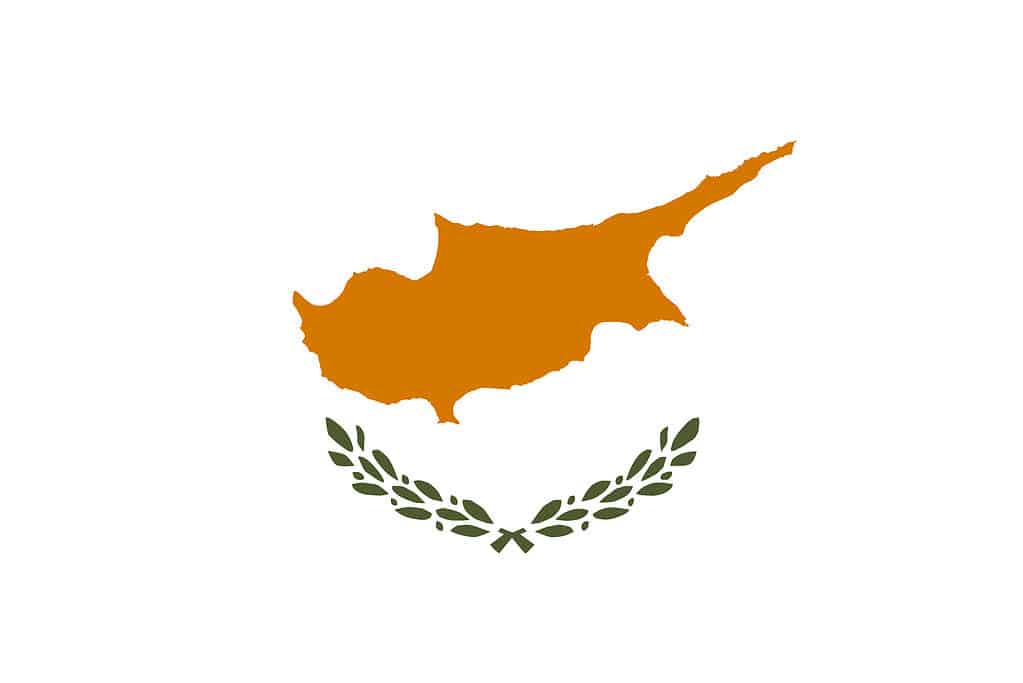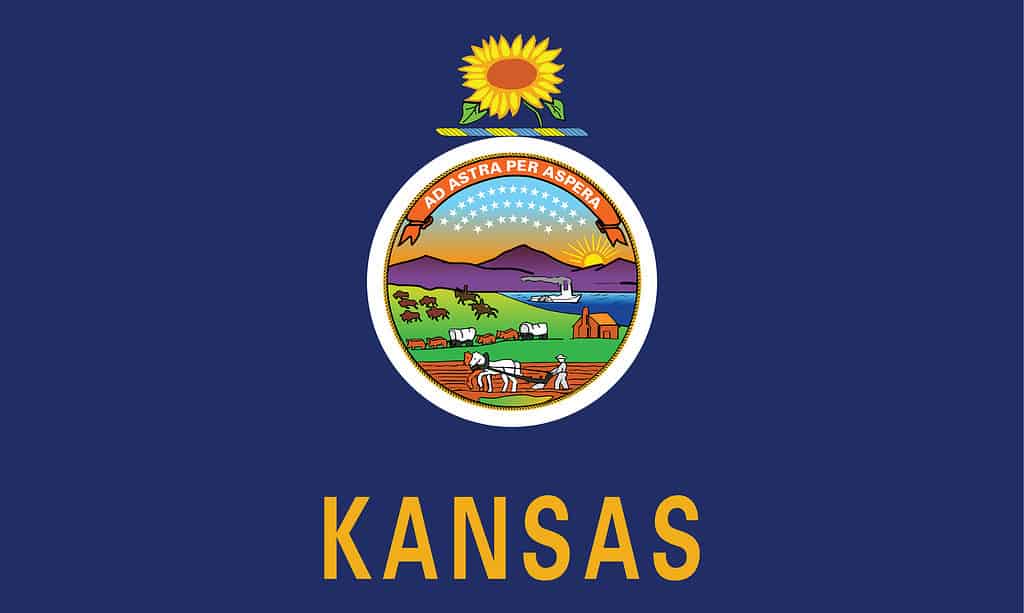Plants have held important significance in cultures for centuries. Some are used for cooking, others are required for medicinal purposes, and many are significant in spiritual and religious practices. No matter what way people decide to use them, plants have remained important to almost every society across the globe. Plants are so influential that some countries and states have included them as a representation of their natural beauty and natural resources within seals or on flags. Discover which nations and states include plants on their flags and find out what they represent.
National Flags that Feature Plants
Few national flags include recognizable plants in their design. In fact, most national flag designs are a collection of concrete shapes and easily recognizable colors. However, some flags have paid tribute to their beautiful landscape and natural resources. Below describe some countries whose flags feature various types of plant life.
Belize
The flag of Belize includes a blue background with two horizontal red stripes lining the top and bottom of the flag. The coat of arms, which was introduced in 1819 and later altered, is centered on the flag. A shield depicting tools and a ship is situated between two men on the coat of arms. One man is mestizo, and the other man is mulatto. The image is encompassed by a circular outline that looks like a vine. Behind the shield lies a mahogany tree.
The mahogany tree signifies natural resources in Belize. The tools being held by the two men represent the movement of trees downstream for exportation within Belize rivers and tributaries. The seal also includes the phrase “Sub umbra floreo,” which means “I flourish in the shade.” The phrase alludes to the establishment of Belize as a British colony and to the forests within Belize. The Union Jack of Britain had originally been featured on the shield within the coat of arms. However, the Union Jack was later removed.

©iStock.com/de-nue-pic
Canada
Until the end of World War II, Canada used symbols on their flag that represented European countries within the United Kingdom. While green maple leaves were first added to the coat of arms in 1921, Canada’s distinct red maple leaf was not included until the late 1950s. However, the red maple leaf was not the singular leaf as it is known today. Rather, it was a collection of red maple leaves that still paid homage to the country’s beginnings under British rule.
In 1964, Canadian Prime Minister Lester B. Pearson asserted that a new national flag design would be introduced in the coming years. While Pearson wanted to include the colors red, white, and blue and to include three maple leaves, his rendition was redesigned. By the end of that year, the Maple Leaf Flag was approved and became official in February of 1965. Canada’s flag includes three vertical stripes of uneven widths. The first stripe is red, the second is white, and the third red. In the center of the white stripe, there is a large red maple leaf.
The removal of blue and the use of one maple leaf, rather than three, made the flag stand out. The simpler design allowed the flag to be recognized easily and to become a prominent symbol of Canadian pride. For Canadians, the maple leaf has held significance since the latter part of the 1800s. However, the color red did not have a significant meaning until after World War I. Red symbolized the sacrifice of Canadians during the first World War.

©iStock.com/RM80
Cyprus
When Cyprus became an independent country in 1960, leaders designed a basic flag to represent the island. The flag of Cyprus has a white background with the shape of Cyprus centered in yellow. Below the yellow Cyprus lie two olive branches. The green olive branches symbolize peace for residents of Cyprus. However, the flag is not flown regularly. Many residents on the island fly the flags of their homelands such as Greece and Turkey. Furthermore, the Turkish Republic of Northern Cyprus, which is a sect of Cyprus invaded by Turkey, uses their own flag.

©Jo Best/Shutterstock.com
Lebanon
The flag of Lebanon includes biblical symbols and was inspired by France. The first flag of Lebanon was the flag of France with a green cedar tree in the center of a vertical white stripe. Cedar trees used to dominate Lebanon’s land during biblical times. In fact, the Bible discusses the cedar tree as a representation of wealth and strength. Many have associated the cedar tree with Lebanese Christians.
Now, the flag includes a horizontal white stripe between two bordering red stripes. Red and white are meant to represent the Kayssites and the Yemenites. These two people groups historically lived in Lebanon for millennium. The cedar tree is still present in the horizontal white stripe of Lebanon’s flag. However, the color of the cedar tree has changed according to some designs. Several redesigns of the flag of Lebanon show the cedar three with brown branches and a brown trunk, as opposed the original tree, which was completely green.

©iStock.com/flowgraph
State Flags that Feature Plants
Over half of the states in the United States have included plants or symbols of plants on their state flag. Florida and South Carolina feature palm trees on their flags, which represent their geographical location near the Atlantic Ocean and the Gulf of Mexico. While South Carolina’s palm tree is easily visible, Florida’s is more difficult to point out.
Likewise, states like Minnesota and Idaho have plants on their state flags that are not so easily noticed. Minnesota’s flag includes pine trees and Showy Lady’s Slippers. Showy Lady’s Slippers are a type of orchid flower that have been threatened by habitat loss. Luckily, though, Minnesota has made efforts to protect these beautiful flowers. The flag of Idaho features pine trees, wheat, and syringa flowers. Syringa flowers were discovered by Meriwether Lewis of the Lewis and Clark Expedition.
On the flag of Kansas lies a yellow sunflower, brilliant and beautiful. The sunflower is a valuable plant because it provides seeds and oil for cooking, snacking, and even skincare. While the sunflower on the flag of Kansas sits in the upper portion of the flag, Kentucky’s state flag includes a plant in the lower half. The flag of Kentucky depicts goldenrod branches. Goldenrods are a type of flower that bloom in the fall. However, the plant is often mistaken for ragweed.

©iStock.com/bodrumsurf
Some states feature plants on their flags that serve medicinal purposes. For instance, Nevada’s state flag includes sagebrush, which can be used in medicine and to create absinthe. Furthermore, the flag of Utah has sego lilies on it. With the help of Native Americans, Mormons that desired to live in the state of Utah used to eat sego lily bulbs to aid them in survival.
While many states have kept the same or similar enough designs of their state flag, others have altered them completely. The state of Mississippi introduced the Magnolia Flag in 2021. The flag features a white magnolia–the state flower–in the center. Many magnolia trees can be found in the Southeast portion of the United States.
Many state flags include olive branches in their designs. Like the flag of Cyprus, the flags of North Dakota, Oklahoma, and Pennsylvania include the image of olive branches. Historically, olive branches have symbolized peace. In the same way, the olive branches on these state flags represent peace, too.
Other prominent plant symbols like the olive branches are agricultural symbols. Crops like wheat, corn, and a cornstalk all reflect the importance of agriculture within many states. State flags that feature agricultural symbols include Vermont, Oregon, Idaho, Delaware, and more.
One state, though, has an interesting backstory for their inclusion of plants. The flag of Connecticut includes images of grapevines with grape bunches. There are three grapevines, which allude to Connecticut’s three oldest settlements. Furthermore, the grapevines both represent biblical imagery in Psalm 80 and the grape plants that were brought to Connecticut during its colonization.
Up Next
- The Flag of Vermont: History, Meaning, and Symbolism
- The Flag of Equatorial Guinea: History, Meaning, and Symbolism
- The 10 Countries with Stars on Their Flags, and Their Meaning
The post Different Flags That Feature Plants appeared first on AZ Animals.
from Animal News, Facts, Rankings, and More! - AZ Animals https://ift.tt/qBTc1VX